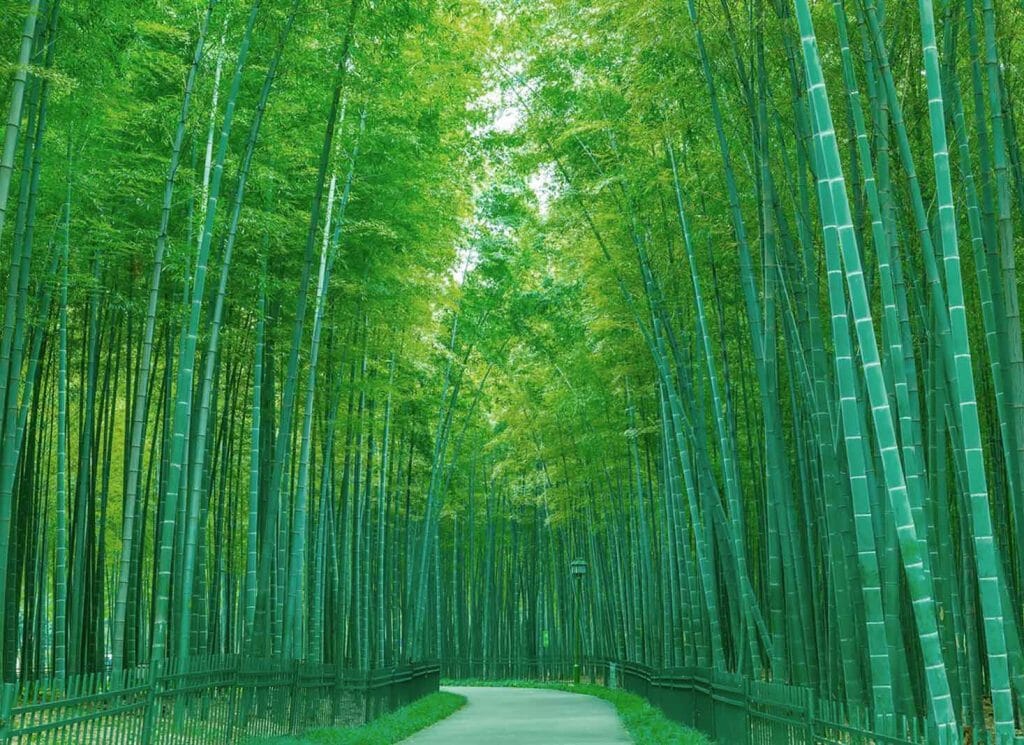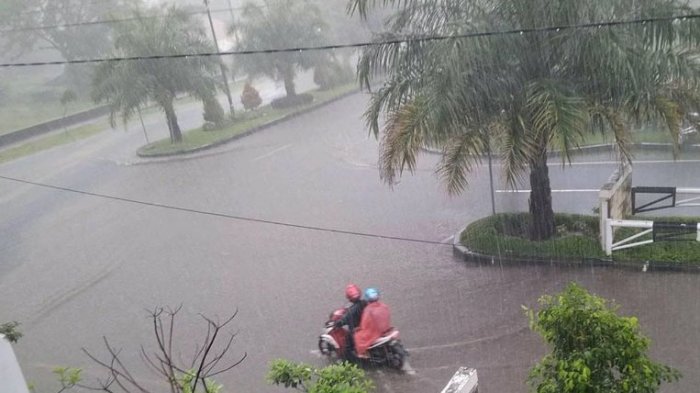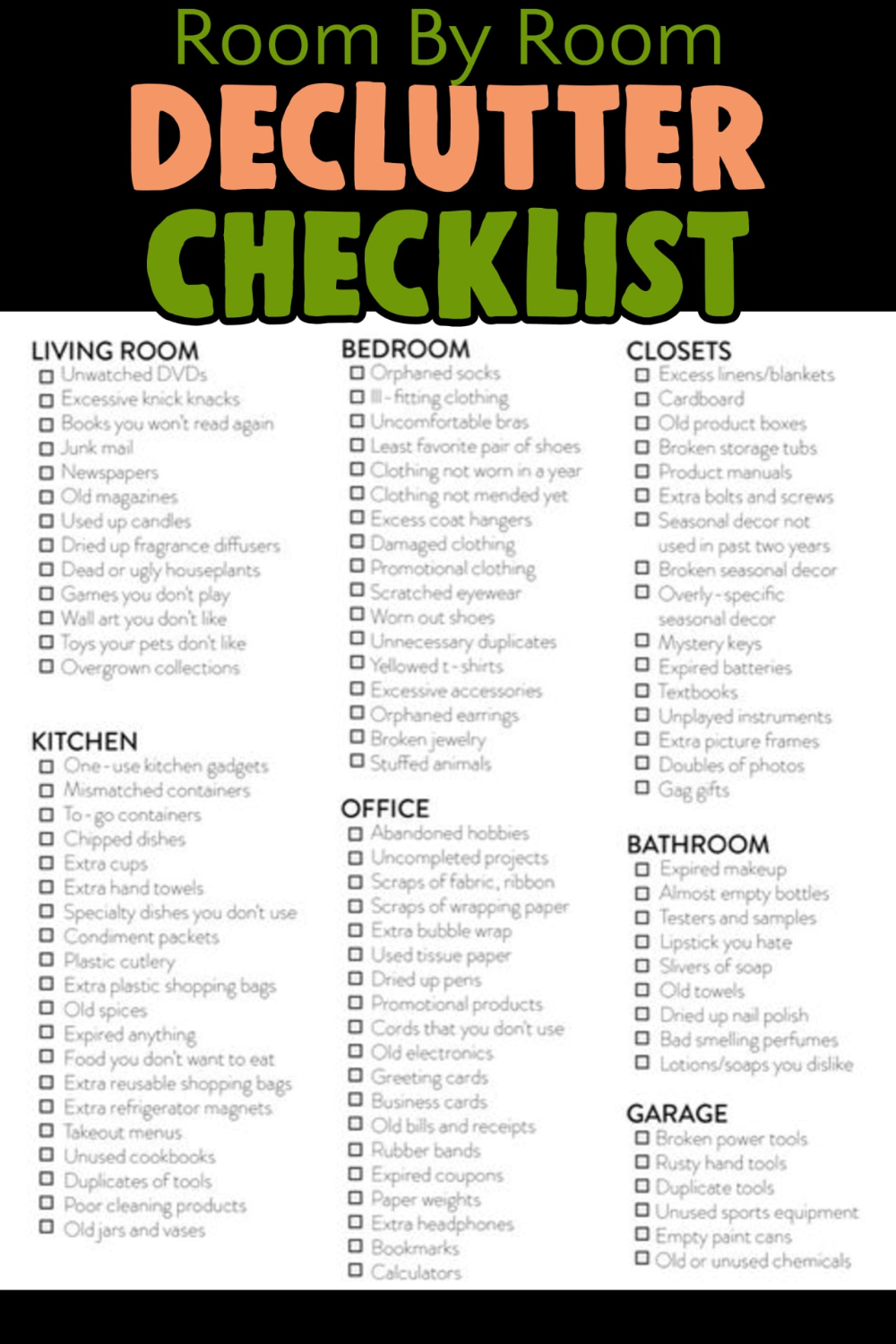Choosing The Right Plants For Your Living Fence Project

Table of Contents
Assessing Your Site Conditions
Before you even think about specific plant varieties for your privacy fence plants, you need to understand your site conditions. This crucial step will determine which plants will thrive and which will struggle. Factors to consider include:
- Soil Type and pH: Determine if your soil is clay, sandy, or loamy. Each soil type requires different plant choices. A soil test will also reveal the pH level, which influences nutrient availability. Acid-loving plants won't flourish in alkaline soil, and vice versa.
- Sunlight Exposure: How much sun does your fence location receive? Full sun (6+ hours), partial shade (4-6 hours), or full shade (less than 4 hours)? This significantly impacts plant selection. Sun-loving plants will wither in shade, while shade-tolerant plants may struggle in full sun.
- Climate and Hardiness Zone: Knowing your local climate and hardiness zone is critical. This ensures you select plants that can withstand the temperature extremes, rainfall, and snowfall in your area. Planting plants outside their hardiness zone is a recipe for disaster.
- Drainage: Poor drainage can lead to root rot and plant death. Assess your soil's drainage capabilities. If drainage is poor, you may need to amend your soil or consider plants that tolerate wet conditions.
- Space for Root Growth: Consider the mature size of your chosen plants and ensure you have enough space for root growth. Overcrowding leads to competition for resources and stunted growth.
Choosing the Right Plant Types for Your Living Fence
With your site conditions assessed, you can now focus on choosing the right plant types for your living fence. The options are vast, and the best choice depends on your priorities.
- Evergreen vs. Deciduous: Evergreens, such as Leyland cypress and Arborvitae, offer year-round privacy and screening. Deciduous plants, like some flowering shrubs, provide seasonal interest with changing colors and blooms but offer less privacy in winter. Consider your needs for year-round screening.
- Fast-Growing vs. Slow-Growing: Fast-growing plants like bamboo or some types of willow provide quick screening, but they may require more frequent pruning. Slow-growing options, like holly, require more patience but often need less maintenance in the long run.
- Flowering Plants: Incorporating flowering plants into your natural fence adds visual appeal and attracts pollinators like bees and butterflies. Consider flowering shrubs like spirea or potentilla for added beauty.
- Hedge Plants: Specifically bred for dense growth, hedge plants create a uniform, effective screen. Many hedge plants also offer thorny branches for added security. Privet and boxwood are popular choices for hedges.
- Consider Mature Size: Always check the mature height and width of your chosen plants before planting. Overcrowding will stunt growth, while insufficient spacing will create a patchy and unattractive living fence.
Maintaining Your Living Fence
A living fence, like any other garden feature, requires ongoing maintenance to thrive. This includes:
- Pruning: Regular pruning is essential for maintaining shape, density, and overall health. Learn the proper pruning techniques for your chosen plants to avoid damaging them. This ensures your privacy screen plants remain dense and attractive.
- Watering: Establish a consistent watering schedule, especially during the first year or two while plants establish their root systems. Consistent watering is crucial, particularly during dry periods.
- Fertilizing: Use a balanced fertilizer appropriate for your plant type to promote healthy growth and flowering. Over-fertilizing can be harmful, so follow package instructions carefully.
- Pest and Disease Prevention: Regularly inspect your plants for signs of pests or diseases. Early detection and treatment can prevent widespread problems. Consider preventative measures such as using organic pest control methods.
- Mulching: Applying a layer of mulch around the base of your plants helps retain moisture, suppress weeds, and improve soil health.
Popular Choices for Living Fences
Several popular choices for living fences offer various advantages and disadvantages:
- Leyland Cypress: Fast-growing, evergreen, and provides excellent screening, but can become very large.
- Arborvitae: A popular evergreen choice, offering a variety of sizes and shapes, with relatively low maintenance.
- Holly: Evergreen with beautiful berries (on female plants), offering excellent privacy and a striking appearance. Can be thorny, providing additional security.
- Privet: A versatile hedge plant, adaptable to different conditions, but may require frequent pruning.
- Bamboo: Fast-growing, providing a dramatic and unique look, but can be invasive if not carefully managed.
Conclusion
Creating a stunning and functional living fence involves careful planning and plant selection. By assessing your site conditions, choosing the right plant types, and committing to proper maintenance, you can achieve the beautiful and private outdoor space you desire. A well-maintained living fence significantly increases your property value and curb appeal.
Start planning your dream living fence today! Research the best plants for your specific needs and create a thriving, beautiful natural boundary. Remember to consider factors like sunlight, soil type, and your local climate when choosing the right plants for your living fence project.

Featured Posts
-
 Prakiraan Cuaca Lengkap Jawa Tengah 24 April Antisipasi Hujan
May 29, 2025
Prakiraan Cuaca Lengkap Jawa Tengah 24 April Antisipasi Hujan
May 29, 2025 -
 Rtl Sale To Dpg Media Regulatory Approval Expected Soon
May 29, 2025
Rtl Sale To Dpg Media Regulatory Approval Expected Soon
May 29, 2025 -
 The Nintendo Switch A Technological Leap For Nintendo
May 29, 2025
The Nintendo Switch A Technological Leap For Nintendo
May 29, 2025 -
 Starbase La Cite Spatiale D Elon Musk Au Texas
May 29, 2025
Starbase La Cite Spatiale D Elon Musk Au Texas
May 29, 2025 -
 Best Office Chairs 2025 Top Picks After Thorough Testing
May 29, 2025
Best Office Chairs 2025 Top Picks After Thorough Testing
May 29, 2025
Latest Posts
-
 Houstons Rat Problem A Drug Addiction Crisis
May 31, 2025
Houstons Rat Problem A Drug Addiction Crisis
May 31, 2025 -
 The Crime Drama That Showcased Kaitlyn Devers Talent Before The Last Of Us
May 31, 2025
The Crime Drama That Showcased Kaitlyn Devers Talent Before The Last Of Us
May 31, 2025 -
 Embrace Minimalism A 30 Day Plan For A Simpler Life
May 31, 2025
Embrace Minimalism A 30 Day Plan For A Simpler Life
May 31, 2025 -
 The 30 Day Minimalism Challenge Declutter Your Life
May 31, 2025
The 30 Day Minimalism Challenge Declutter Your Life
May 31, 2025 -
 Top 10 Android Travel Apps My Essential Packing List
May 31, 2025
Top 10 Android Travel Apps My Essential Packing List
May 31, 2025
